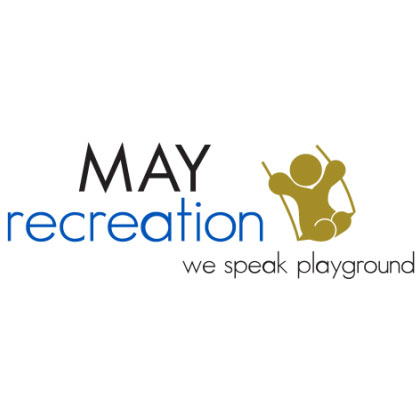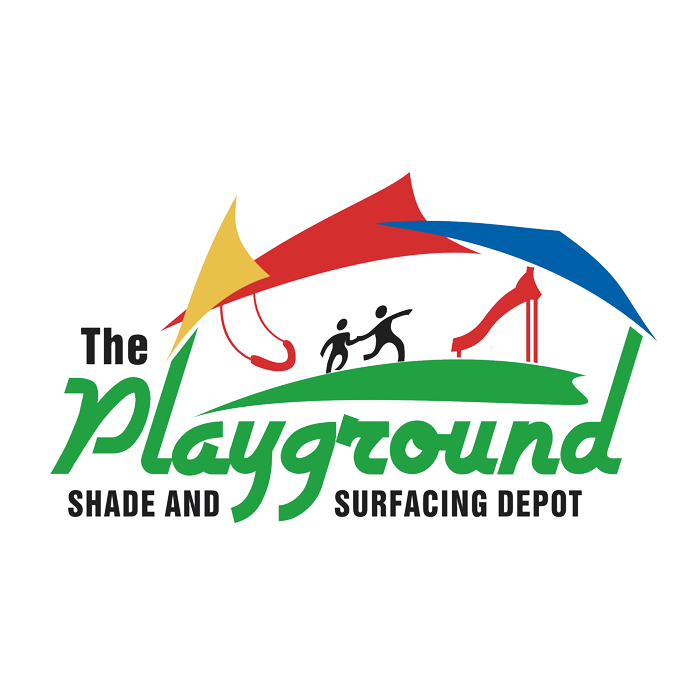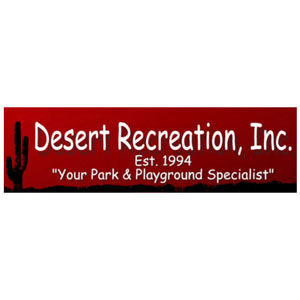Setting new benchmarks for outdoor play spaces around the world.
Outdoor playgrounds have long been essential to society. When well-designed, these places prioritise fun, exploration, and education for children and their caregivers, helping them forge stronger connections with nature and each other. Today, these playgrounds also serve as a digital detox, where screen time ends and playtime begins.
But as the earth heats up, climate change threatens to narrow the window for how many months of the year children can comfortably enjoy outdoor play. Damian Schultz, a father of four and landscape architect, is countering that threat with courageous and inventive design solutions. He leads the Adelaide studio of national design practice TCL.
“Outdoor playgrounds must be considerate of the climate,” Damian says. “Heat mitigation should permanently be embedded in the design of these spaces.”
While heat mitigation strategies may vary according to briefs and budgets, Damian recommends considering insulated play equipment, shading, integrated waterplay, and ‘cool-down’ zones.
He’s drawing upon international and national experience. Most recently, Damian and the TCL team — together with Karl Winda Telfer and Tikana Telfer — were all awarded three Australian Institute of Landscape Architects (AILA) South Australia awards and an Australian Institute of Architects' award for their Glenthorne National Park Nature Playspace design. Meanwhile, overseas, Damian led the landscape architecture design for three National Museum of Qatar (NMoQ) Playgrounds adjacent to the museum, which Atelier Jean Nouvel designed.
Creating Microclimates for Playgrounds
Since the seventies, sun/shade modelling has been used to help designers like Damian locate the hottest and most shaded parts of a project site. But what if improved microclimates could be created within these pre-existing conditions? Damian says it is possible.
Lowering the landscape is an excellent place to start. “Shaded valleys are always cooler than higher land, so, if possible, creating a localized depression works well for playgrounds.” He also recommends keeping the playground’s footprint tight. “Consolidating the play spaces into a smaller area will circumvent having to cover vast areas with shade or using cooling water play elements.” Additionally, Damian suggests configuring large play structures to maximize cross ventilation and use cooling breezes.
Uncovering new ways to cool playgrounds
Learnings from Damian’s designs for NMoQ can be leveraged across Australia, where longer, hotter summers are here to stay across our outdoor spaces.
“Qatar can reach up to 50 degrees, so we knew that to reduce the temperatures of these playgrounds, we needed to think outside the box,” Damian says.
In collaboration with a German engineer, Damian's team undertook an extensive research and development phase. Damian’s team developed a bespoke design for outdoor misting fans that is suitable for playground installations.
The fans — controlled by a weather station — monitored humidity and calculated the volume and velocity of water required to cool the air. Then, water was expelled from the fans (at high pressure) to reduce air temperature by evaporation. The result? Up to 10 degrees’ air temperature reduction within the airflow plume.
In addition to soaring temps, the NMoQ project was also challenged by high winds. One of the playgrounds, the Adventure Ship, incorporated several sails in its design, providing shade across the playground. To guard against high wind speeds, Damian led yet another innovation. Working closely with a Sydney-based sail manufacturer, incisions were made in the sails’ PVC membrane, reinforced with another layer of welded fabric, allowing the cut sections to open and close as the wind passed through them.
Not only were the sails’ wind loads significantly reduced, but another pleasing outcome emerged. “As the flaps in the sails open and closed at different times, a beautiful pattern emerges on the ground below,” Damian explains. “The result is a dappled shaded light that resembles sunlight passing through Eucalypt trees.”
Rethinking popular play equipment
“Slides made of stainless steel provide the best play experience,” Damian admits. “But in Qatar and Australia, outdoor stainless steel is notorious for holding extreme heat.” Determined to find a solution for the NMoQ playgrounds that could work equally well in Australia, Damian and his team devised an ingenious way to chill the two slides.
The design team ran chilled water through the slides by redeploying some of the water from parts of the playground explicitly dedicated to ‘water play’ (like splashing and spraying). “In addition to shading the slides and providing insulation, this strategy significantly lowered the temperature of the stainless steel.”
Regardless of a playground’s climate and location, Damian believes one universal design rule always applies: “A playground must be playful. Ultimately, that creates a great space because it brings joy.”












